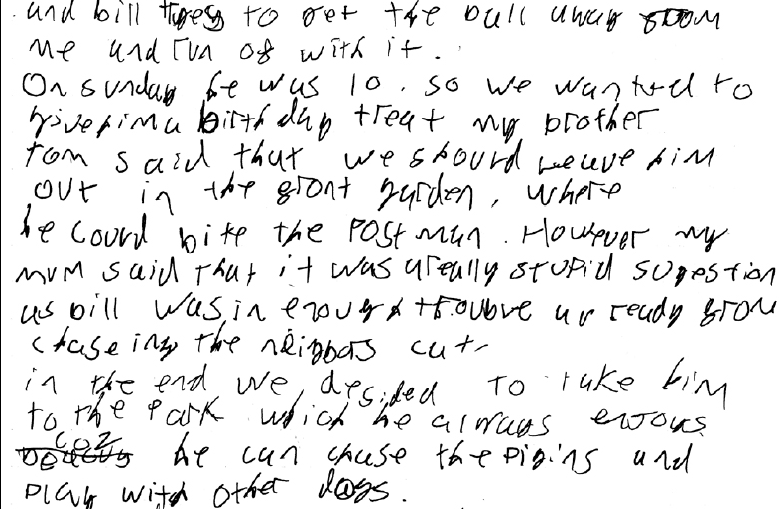Dysgraphia is a learning disability characterized by writing difficulties, such as impaired handwriting, poor spelling, and problems selecting the correct words to use.
Dysgraphia can affect children or adults. Children with dysgraphia may sometimes have other learning disabilities or disorders. When it occurs in adulthood, it usually follows a trauma, such as a stroke, and doctors may refer to it as agraphia. Some symptoms includes, poor or illegible handwriting, incorrect or odd spelling, incorrect capitalization, slow writing speed, fatigue after writing short pieces and many more
Different types of dysgraphia
Dyslexic dysgraphia: Dyslexic dysgraphia is the type we see when spontaneously written work is not clear enough to read. Basically, the copied work can be okay or pretty good but spelling typically is affected. For this, the student will be coming up with letter formations and shapes on their own, this is where their challenge is. Usually, speed and dexterity for fine motor skills tend to be normal. Just to be clear, dyslexia and dysgraphia are two separate diagnoses and unrelated. However, they can occur together.
Motor dysgraphia: The next type is motor dysgraphia. I feel this is one is the most common that we will likely catch and recognize. Again, sometimes it is not only the writing product that we need to be analyzing but also the process of writing. How much effort or exertion does it take this child to produce the writing? With motor dysgraphia, usually, it is due to deficient fine motor skills. They may have poor dexterity, poor muscle tone, or just unspecified motor clumsiness. For example, children with any written work is poor to illegible, so spontaneous and copied work are affected, even if it is copied by sight from another document.
Spatial dysgraphia: According to an article by Medical News today published on the 14th of July 2020. Spatial dysgraphia results from issues with spatial awareness. This may show as difficulty staying within the lines on a piece of paper or using a correct amount of spacing between words.
All forms of handwriting and drawings, from individuals with this type of dysgraphia, are usually illegible. Spelling skills are not typically impaired.
Lexical Dysgraphia: Finally, according to an article by Occupational Therapy published on the 18th of August 2020 the last type is lexical dysgraphia. The child can spell but relies on standard sound to letter patterns with misspellings of irregular words. This is more common in languages such as English or French that are less phonetic than other. This type of dysgraphia is also known to be pretty rare in children.
Please see your doctor or therapist should you notice any of these signs.



